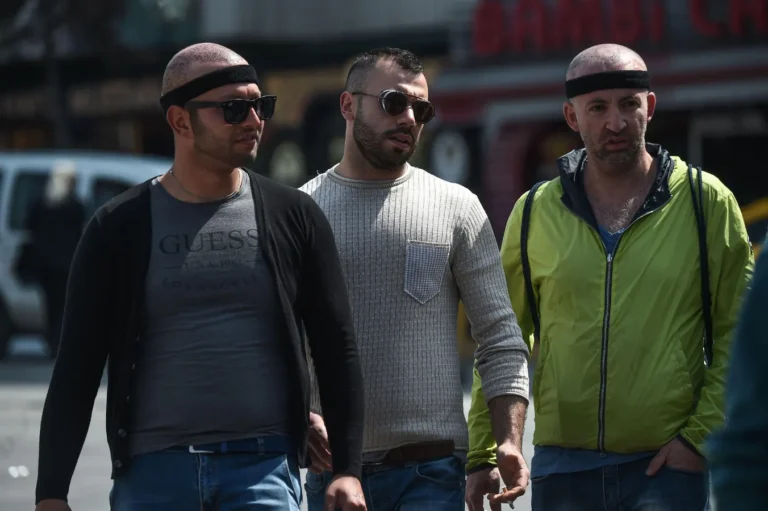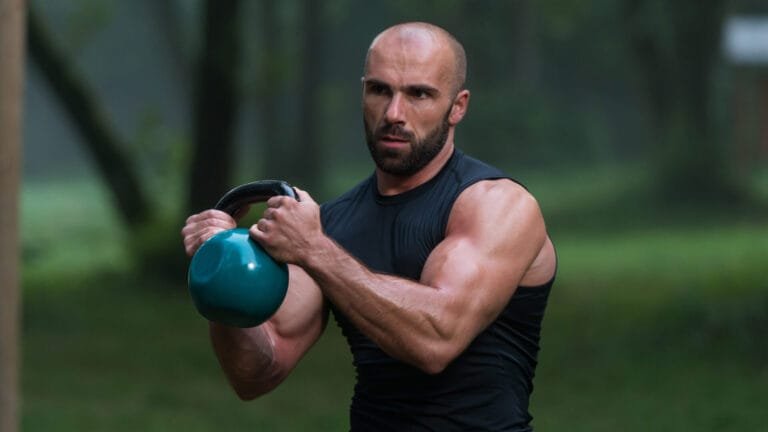Sun, Sweat, and Shedding: How Summer Impacts Hair Restoration
When you think of summer, you probably picture long beach days, backyard barbecues, and plenty of sunshine. But for those undergoing treatment—or recovering from a hair transplant—the season also presents unique challenges. According to board-certified plastic surgeon Dr. Steven Davis of Davis Hair Restoration, understanding how summer impacts hair restoration is essential to protecting your investment and staying on track with your goals.
From damaging UV rays to increased sweat, chlorine, and saltwater exposure, summer’s environmental factors can influence both natural hair health and the post-transplant recovery process. Whether you’re mid-treatment or maintaining long-term results, it pays to prepare.

How Summer Impacts Hair Restoration: The Role of UV Exposure
Extended sun exposure doesn’t just damage your skin—it can harm your hair and scalp, too. One of the biggest concerns during summer, Dr. Davis explains, is ultraviolet (UV) radiation. “If you’ve recently had a hair transplant, your scalp is particularly sensitive to UV rays,” he says. “Too much sun can slow healing, cause irritation, and even affect how well the follicles take root.”
Even if you haven’t had a procedure, chronic UV exposure can lead to protein degradation in the hair shaft, making strands brittle and more prone to shedding. The skin on your scalp can burn just like anywhere else, and inflammation around follicles isn’t a good thing for anyone on a hair restoration journey.
Simple solutions, like wearing a lightweight, breathable hat when outside, go a long way in preventing unnecessary sun-related damage.
Sweat, Heat, and Your Scalp
Another key way how summer impacts hair restoration is through excessive sweating and heat. While sweating is normal, too much moisture on the scalp—especially when combined with product buildup—can clog pores and lead to irritation. This becomes especially important in the early weeks following a transplant.
“Sweat can introduce bacteria to newly implanted follicles, which may increase the risk of infection or slow healing,” says Dr. Davis. He encourages patients to avoid intense activity and prolonged sun exposure until the scalp has had time to fully recover.
Even after the healing period, staying cool and managing perspiration helps reduce scalp stress and keeps follicles in the healthiest environment possible.
How Summer Activities Like Swimming Impact Hair Restoration
A quick dip in the pool or ocean sounds harmless—but both chlorinated and saltwater environments can be problematic for anyone wondering how summer impacts hair restoration. Chlorine is known to strip the hair and scalp of natural oils, leaving them dry and brittle, while saltwater can dehydrate the scalp and increase frizz.
Dr. Davis advises transplant patients to wait several weeks post-procedure before swimming and only resume once their surgeon gives the all-clear. “When you’re cleared to swim, it’s still a good idea to rinse immediately after and use hydrating, protective products,” he adds.
Even for those not recovering from surgery, adopting a summer haircare routine that includes post-swim rinsing and weekly moisturizing treatments can help preserve both native and transplanted strands.
Smart Styling for a Stress-Free Summer
Many people switch up their styling during summer—using gels, pulling hair back tighter, or wearing it up to beat the heat. While that might help you stay cool, tight hairstyles and heavy product use can stress the follicles.
If you’re in the middle of a hair restoration program or post-transplant recovery, opt for loose styles and minimal product. “Less friction and fewer harsh chemicals are always better for long-term follicle health,” says Dr. Davis.
“In South Jersey, we see a lot of patients getting outdoors during the summer months,” Dr. Davis says. “Knowing how the season affects your scalp helps you take proactive steps to protect the results you’ve worked for.”
Staying Consistent With Your Hair Goals
Despite the heat, sweat, and sun, summer doesn’t have to sabotage your hair restoration progress. Understanding how summer impacts hair restoration helps you stay in control. With just a few seasonal adjustments, you can protect your results and keep your scalp healthy all summer long.
Dr. Davis and the team at Davis Hair Restoration provide personalized care tailored to your goals, lifestyle, and the unique demands of each season. Whether you’re considering your first procedure or looking for expert maintenance tips, their approach ensures you’re supported every step of the way.






